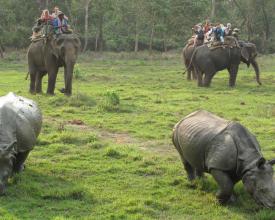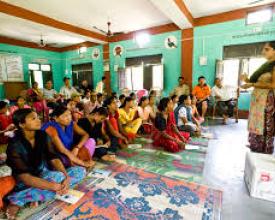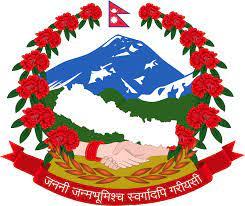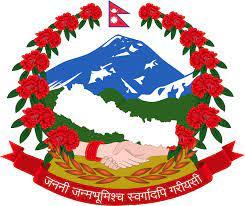
Conservar con éxito corredores críticos y cuellos de botella mediante la gestión comunitaria.
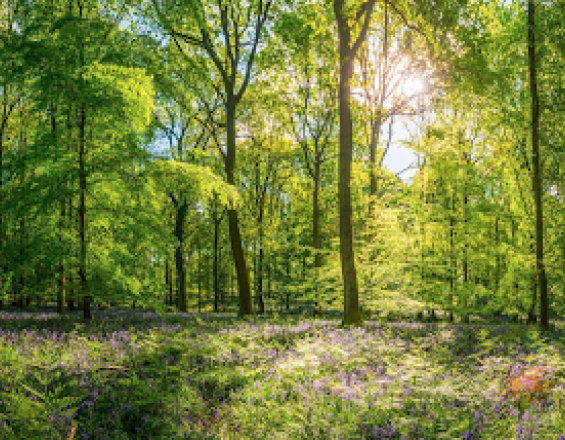
Desde la última década, en Nepal se ha adoptado el enfoque de conservación basado en el paisaje como una oportunidad para ampliar las iniciativas de conservación. El programa Terai Arc Landscape (TAL) de Nepal es uno de los ejemplos de este enfoque, cuya aplicación se ha adaptado a los requisitos específicos de las áreas protegidas principales, las zonas tampón, los corredores y las zonas de cuello de botella. El enfoque ha dado lugar a un mayor nivel de conservación y gestión de la biodiversidad, un mayor número de todas las especies de megafauna, la mejora de los medios de subsistencia de las comunidades locales con el liderazgo de las mujeres, la gestión sostenible de los bosques y, en última instancia, ha contribuido a hacer frente al cambio climático. Ha compartido las funciones, los derechos y las responsabilidades entre los diversos actores o partes interesadas, y éstos se reúnen para conservar los bosques y la biodiversidad a través de la gestión basada en la comunidad (CBM). El Dr. Ram Prasad Lamsal, director fundador del proyecto, ha contribuido significativamente a mejorar las políticas, las prácticas y la gobernanza y a crear innovaciones.
Contexto
Défis à relever
Ubicación
Impactos
- Bosques protegidos, restaurados y gestionados; conservación de la biodiversidad, la vida silvestre y los hábitats y humedales; aumento del número de todas las especies de megafauna, capacitación de las comunidades en materia de género, liderazgo, mejora de los medios de subsistencia y empresas; y tratamiento de los problemas del cambio climático.
- Desarrolló un modelo comunitario mejorado con un enfoque rentable y un alto grado de participación y contribución de la comunidad, así como una sólida asociación.
- Hibridación de conocimientos tradicionales y científicos, y sistema compartido de seguimiento, evaluación y aprendizaje.

